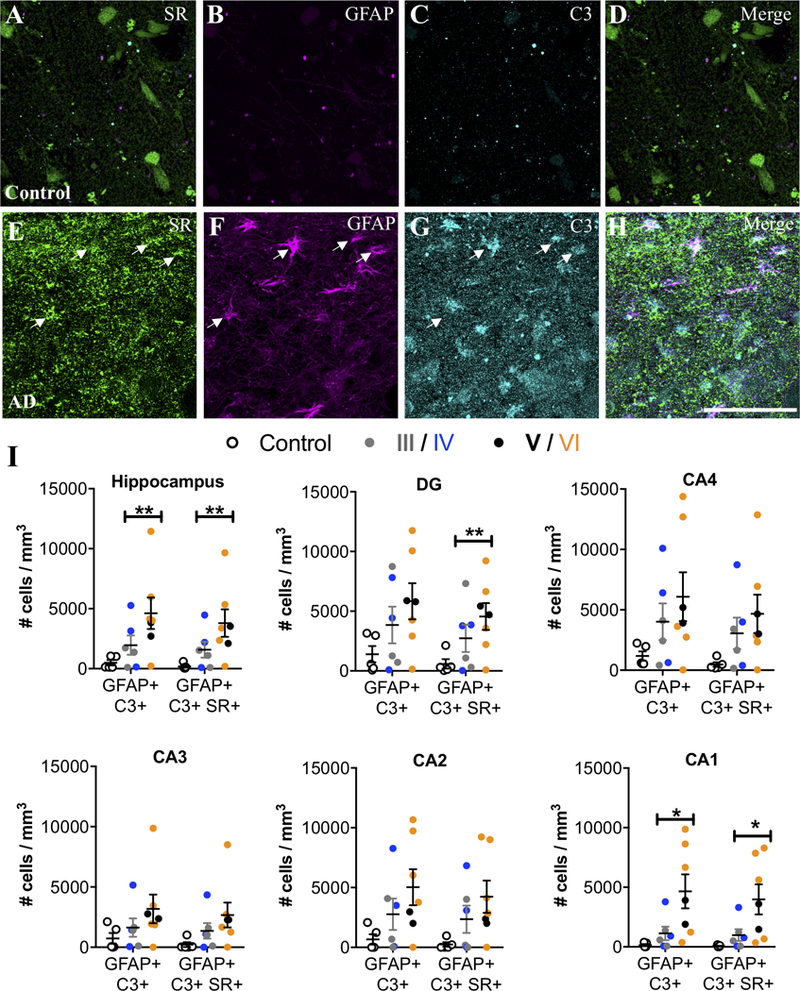Figure 4. SR-expressing reactive astrocytes in the hippocampus of AD subjects are neurotoxic.

Representative images showing SR (green), GFAP (magenta), and C3 (turquoise) immunostaining of control (A–D) and AD subjects (E–H). White arrows show cells that express all three markers. Scale bars = 25μm. (I) The number of GFAP+/C3+ and GFAP+/C3+/SR+ cells/mm3 was increased in AD subjects (filled circles; Braak III: gray, IV: blue; V: black, VI: orange) compared to controls (open circles) in the entire hippocampus (GFAP/C3: F2,15=16.84**, P=0.0009**; GFAP/C3/SR: F2,15=8.68**, P=0.03**). Hippocampal subfields were also analyzed separately: DG (GFAP/C3: F2,15=2.45, P=0.12; GFAP/C3/SR: F2,15=7.14**, P=0.04**), CA4 (GFAP/C3: F2,15=2.16, P=0.15; GFAP/C3/SR: F2,15=2.48, P=0.18), CA3 (GFAP/C3: F2,15=1.71, P=0.21; GFAP/C3/SR: F2,15=2.36, P=0.13), CA2 (GFAP/C3: F2,15=0.35**, P=0.58**; GFAP/C3/SR: F2,15=0.58**, P=0.48**), and CA1 (GFAP/C3: F2,15 = 5.49, P = 0.01; GFAP/C3/SR: F2,15=5.32, P=0.01). * indicates significant differences between control and AD. ** indicates values are adjusted for significant effect of exposure to AD medication. Values represent the mean ± SEM.
